Digital marketing refers to any form of promotion using electronic devices – social media, search engine optimization (SEO), email and mobile apps are examples. Digital marketing encompasses both online and offline strategies; both types are essential elements of an effective digital marketing plan. If you want to learn more about digital marketing, this guide provides everything you need to become familiar with this practice.
Why is digital marketing important?
Digital marketing enables you to reach a larger audience than traditional methods, while simultaneously targeting prospects most likely to purchase your product or service. Furthermore, it’s often more cost-effective than traditional ads and allows you to track success on an ongoing basis and adjust accordingly.

Digital marketing provides several distinct advantages: you can target only those prospects most likely to purchase your product or service, and it is more cost-effective than outbound methods of promotion.
Digital marketing levels the playing field within your industry and allows smaller brands to compete against larger ones. Plus, its impact is easily measured. And digital strategies allow for quick adaptation and modification if needs be. Plus, its effects may improve the conversion rate and the quality of leads generated.
Digital marketing provides you with the power to engage audiences at every point in their journey.
Types of Digital Marketing
Search Engine Optimization (SEO)
Content Marketing
Social Media Marketing
Pay Per Click (PPC)
Affiliate Marketing
Native Advertising
Marketing Automation
Email Marketing
Online PR
Inbound Marketing
Sponsored Content
Search Engine Marketing (SEM)
Instant Messaging Marketing
1. Search Engine Optimization (SEO)
SEO refers to the practice of optimizing a website to “rank” higher in search engine results pages, thus increasing organic (free) traffic to it. SEO benefits websites, blogs, and infographics alike.
There are multiple approaches to SEO in order to generate qualified traffic to your website, including:
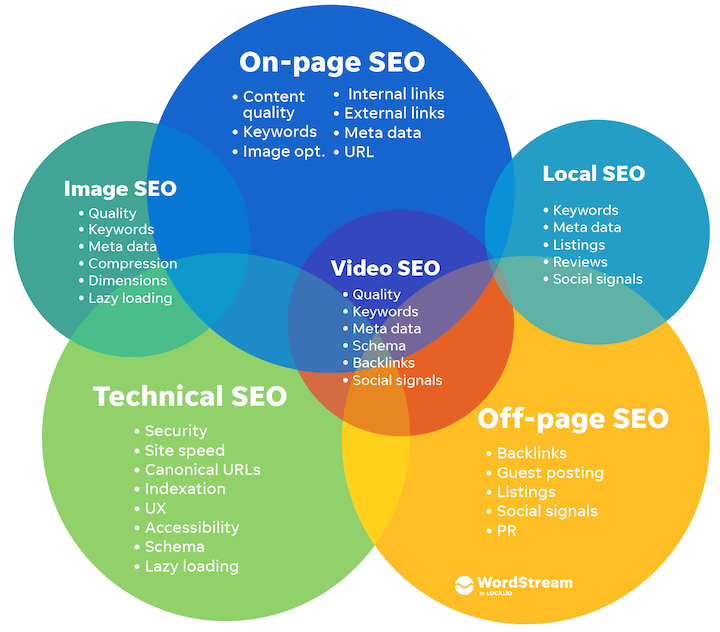
On-page SEO: This type of search engine optimization focuses on all the content found “on the page,” when viewing a website. By researching keywords for their search volume and intent (meaning), this form of SEO allows businesses to provide readers with answers they are searching for while also ranking higher on search engine results pages (SERPs) associated with these questions.
Off-Page SEO: Off-page SEO refers to any activity occurring outside the pages when optimizing a website, such as inbound links (also known as backlinks). The number and relative authority of those linking back affect how highly your keywords rank for search engine result pages (SERPs). By networking with publishers, writing guest blog posts that link back to your own website, and garnering external interest you can earn the necessary backlinks that will propel it higher up SERPs.
Technical SEO: This type of search engine optimization (SEO) focuses on the backend of your website, such as how your pages are coded. Image compression, structured data optimization, and CSS file optimization are all forms of technical SEO that can increase loading speeds – an important ranking factor with search engines like Google.
2. Content Marketing
Content marketing refers to the practice of producing and distributing digital media assets with the aim of building brand recognition, traffic growth, lead generation, customer acquisition or retention. Want to learn and apply content marketing in your business? HubSpot Academy’s free training resource page for content marketing may help!
Your content marketing strategy could employ several channels, such as:
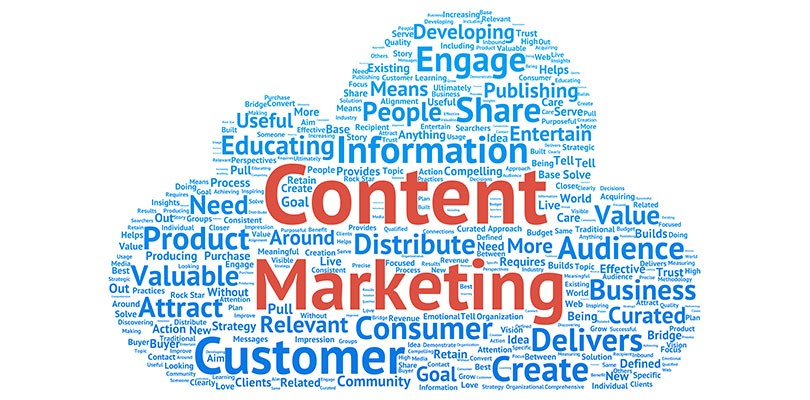
Blog Posts: Publishing blog articles helps demonstrate your industry expertise while increasing organic search traffic for your company blog, which in turn increases opportunities to convert website visitors to leads for sales teams.
EBooks and Whitepapers: Ebooks and whitepapers provide further education for website visitors while simultaneously exchanging your content in exchange for contact details, generating leads for your company and helping people through their buyer’s journey.
Infographics: When readers want something tangible to learn from, infographics provide visual aids that make concepts tangible for website visitors.
Audio or visual content: Television and radio are popular digital marketing channels. Producing content that can be shared online as videos or heard over the radio by listeners can significantly expand your audience’s reach.
3. Social Media Marketing
This practice utilizes social media channels to build brand recognition, drive traffic and generate leads for your business.
HubSpot can be an invaluable asset when starting out on social platforms, providing an efficient way of connecting networks like LinkedIn and Facebook so you can manage them all from one central hub. By scheduling content across all of them at once and monitoring analytics from one platform, it simplifies scheduling content creation across different social channels at the same time.

HubSpot makes it easier than ever to connect social accounts for posting purposes and integrate inboxes from various social networks into one central place – including Facebook, Twitter, LinkedIn, Instagram, and Snapchat! The channels available for social media marketing include: Pinterest
Many marketers utilize these social media platforms to develop viral campaigns. Partnering with a popular content creator or participating in a trend that resonates with a broad audience are examples of viral marketing strategies; their goal is to produce something share-worthy that spreads organically over social networks like Pinterest.
4. Pay Per Click (PPC)
PPC (pay-per-click advertising) drives visitors to your website by paying publishers when their ad is clicked. One popular form of PPC is Google Ads, which enables advertisers to purchase top positions on Google’s search engine results in pages at a price “per click”. Other channels you could utilize PPC include:
Paid ads on Facebook: Here, users can pay to create and publish custom videos, image posts, or slideshows tailored specifically for their business and distributed across their target audience’s news feeds on Facebook.
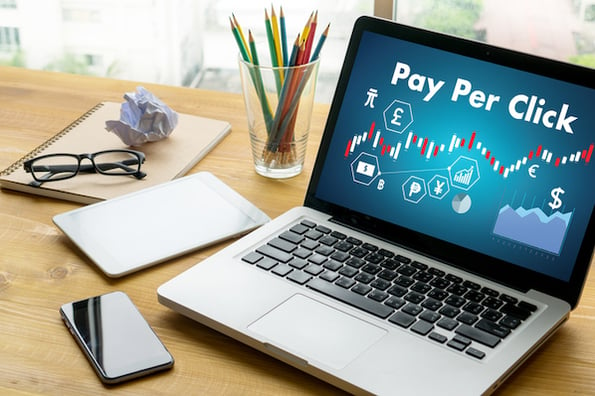
Twitter Ads campaigns: Users can pay to place multiple posts or profile badges into the newsfeeds of a specific audience in order to reach an objective for your business, whether that be website traffic, more followers on Twitter, tweet engagement, app downloads, or anything else you desire.
Sponsored Messages on LinkedIn: With Sponsored Messages on LinkedIn, users can pay to reach specific LinkedIn members based on their industry and background.
5. Affiliate Marketing
Affiliate marketing is a type of performance-based advertising in which affiliate marketers receive a commission for promoting someone else’s products or services on their websites. Example channels of affiliate marketing: Hosting video ads through YouTube Partner Program.
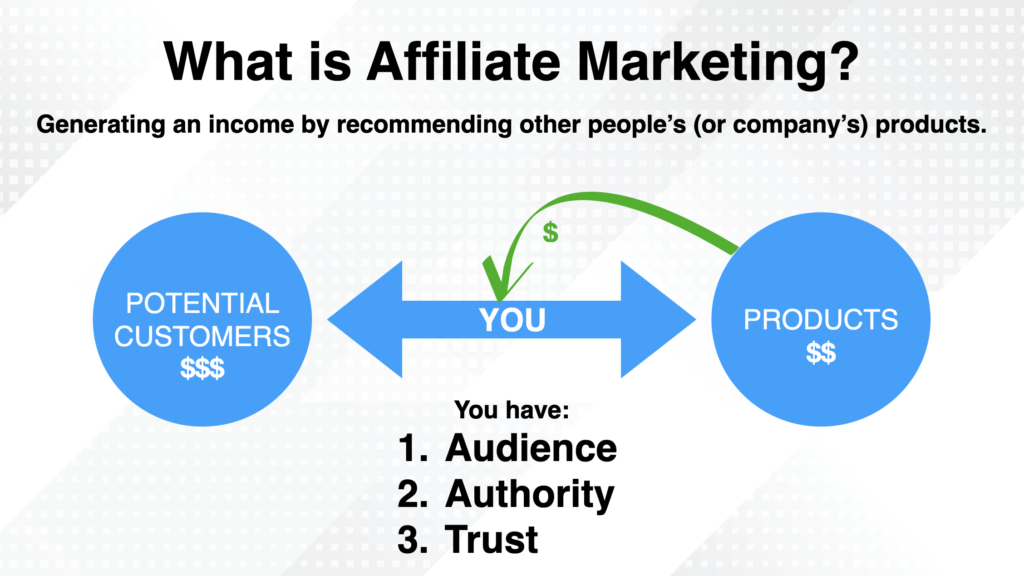
Posting affiliate links directly on social media accounts. This practice falls under influencer marketing’s relatively new category of “influencer campaigns.” Creating such campaigns with influential people can be a highly successful method of affiliate promotion; finding content creators who understand your digital campaign’s goals can take it even further.
6. Native Advertising
Native advertising refers to advertisements that are content-focused, integrated with non-paid content on an online platform, such as BuzzFeed sponsored posts. Many also consider social media advertising like Facebook ads or Instagram promotions to fall into this category of native ads.
7. Marketing Automation
Marketing automation refers to software that automates your basic marketing operations. Many marketing departments can utilize marketing automation software to automate tasks they would otherwise perform manually such as:

Email Newsletters: Automation doesn’t just allow you to automatically deliver emails to subscribers; it also enables you to adjust and refine your contact list as necessary so your newsletters reach only those individuals who wish for them to appear in their inboxes.
Social Media Post Scheduling: If your goal is to expand the presence of your organization on social networks, frequent posting can become tedious and time-consuming. Social media scheduling tools offer a convenient solution allowing you to concentrate more on content strategy than manual posting can allow.
Lead-Nurturing Workflows: Generating leads and turning them into customers can be a lengthy process. They are automating this step by sending specific emails and content when leaders meet certain criteria (for instance when they download and open an ebook).
Campaign Tracking and Reporting: Marketing campaigns involve many moving parts – people, emails, content, webpages, phone calls – but marketing automation makes the task of tracking them all much simpler by classifying everything by the campaign they serve and tracking how each component of that campaign performs over time.
8. Email Marketing
Companies frequently rely on email marketing as a form of communication with their audiences. Email is frequently used to promote content, discounts, and events – as well as direct people toward a business’s website. In an email marketing campaign, you may use various methods including Blog subscription newsletters.
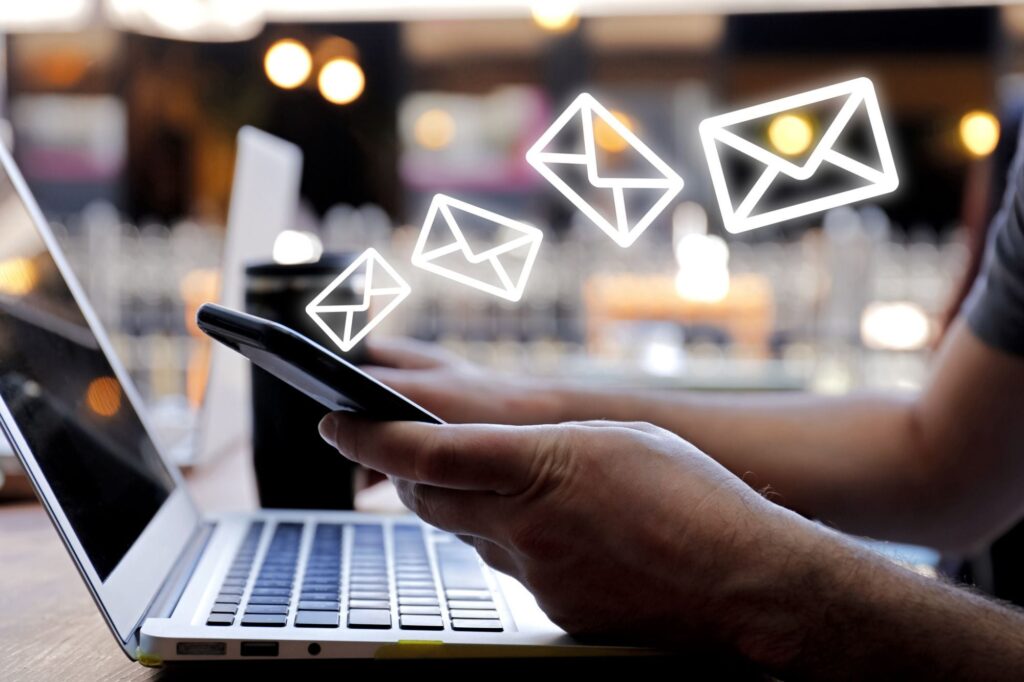
Follow-up emails sent out after visitors download something, customer welcome emails, and holiday promotions sent directly to loyalty program members are also very effective ways to support customer nurture programs.
9. Online PR
Online Public Relations, or Online PR for short, refers to the practice of gaining earned coverage online via digital publications like blogs or content-rich websites – much like traditional PR but taking place exclusively online. Channels to utilize when undertaking Online PR efforts include:
Reporter outreach through social media: Engaging journalists on Twitter is an ideal way to establish meaningful relationships that generate earned media opportunities for your company.
Engaging Online Reviews of Your Company: While your first instinct may be to ignore online reviews about your business, engaging them helps humanize and promote powerful messaging that protects reputations.
Engaging Comments on Your Own Site or Blog: Much like how a business would respond to reviews about itself, engaging comments made on your personal site or blog by its visitors is the key to initiating productive discussions about its industry.
Inbound Marketing vs. Digital Marketing: Which Is It?
Inbound marketing refers to using digital assets to attract, engage and delight customers online; digital marketing refers to any online marketing tactics regardless of whether they fall under inbound or outbound categories.
Digital marketing is often confused with inbound marketing; however, digital marketing does not distinguish between inbound and outbound methods of promotion. Instead, digital marketing refers to any form of promotion which includes digital communications while inbound marketing is usually an overall strategy.
Digital outbound tactics use digital channels to get their marketing message in front of as many people as possible – regardless of whether the message is appropriate or welcome. An example would be banner ads on websites pushing a product or promotion onto people who may not yet be open to receiving it.
Digital inbound marketers use online content to attract their target customers by providing assets they find helpful. One of the easiest and most powerful digital inbound marketing assets is blogging; this enables your website to capitalize on key phrases your ideal customers search for online.
10. Inbound Marketing
Inbound marketing refers to a marketing methodology wherein you attract, engage, and delight customers at every stage of the buyer’s journey.

With inbound marketing you use every digital tactic listed above in an inbound strategy to create an experience for customers that works together rather than against them – examples include blogging vs pop-up ads; video marketing vs commercial advertisements
Email contact lists vs. spam Email Contact List.
11. Sponsored Content
Sponsored content allows your brand to pay another company or entity to create and promote content about it in some form or another.
Influencer marketing is an increasingly popular form of sponsored content. Here, a brand will sponsor an influencer in its industry to post or upload videos related to them on social media.
Another form of sponsored content could include blog posts or articles that focus on an event, service, or brand.
12. Search Engine Marketing (SEM)
As soon as a potential lead searches for products or businesses similar to yours, it presents an excellent opportunity for promotion. Paid advertising and SEO are two effective strategies for capitalizing on this opportunity; search engine marketing (SEM) services like Bing Ads and Google Ads provide paid ads that seamlessly fit on search engine results in pages for maximum exposure – this type of native advertising makes an impressive first impression with potential leads.
13. Instant Messaging Marketing
Messaging platforms offer an effective and fast way to reach potential leads who may have not provided their cell phone numbers yet. Messaging services make it easy to let customers know about flash sales, new products, or order updates as well as being an accessible means for them to connect directly to customer service if they require more info; you can send messages directly via text messages or platforms like Facebook Messenger and WhatsApp.
What does a digital marketer do?
Digital marketers are responsible for driving brand recognition and lead generation across a company’s various digital channels – both free and paid – such as social media, its own website, search engine rankings, email campaigns, display advertising, and its blog.
Digital marketers focus on each channel’s key performance indicators (KPIs) to accurately assess its performance, such as measuring organic traffic growth on websites they are responsible for SEO.
Why is Digital Marketing Important?
Advertising online reaches a wide spectrum of internet users who spend both their time and money online, placing small businesses with limited advertising budgets in pole position against larger competitors with greater reach and control of reaching target audiences.
Personal marketing provides comfort and security to customers so that they subscribe and purchase.
Track ads and engage the right target audience effectively with this solution, while scaling and adapting to accommodate growing businesses to deliver instantaneous results and optimize accordingly, saving them both time and money through reduced lost revenues and wasted ad spend.
Influencing online purchases requires businesses to engage their target demographic through various marketing methods that show respect.
What is Digital Marketing and How Does It Work?
In recent years, digital marketing has exploded onto the marketing scene, and its effects have been anything but small. Traditional marketers and old-school companies have struggled to keep up with the ever-changing world of Internet marketing while customers, leads, and clients have become more adept in this new landscape. But companies can’t afford to ignore changes in the way people look to buy, and that is why they have stepped into the modern way of marketing.
In simple words, digital marketing is any form of marketing that occurs online with the help of mobile, laptop, internet, etc. In addition to digital signage and technology that may not be connected to the internet. It can range from anything as complex as automated email marketing initiatives all the way down to the content choices on your website’s blog.
Now, you know what is digital marketing, let’s proceed and know the types of digital marketing.
Types of Digital Marketing
If you have a computer or a smartphone, as many of us do, you’ve experienced digital marketing. It could be an email in your inbox, a search result when using Google, an ad on Facebook, a text message sent to your phone, or a post by an influencer on Instagram. As you can see, internet marketing is an expansive field with many areas of specialization. The core forms of digital marketing, however, are:
1. Search Engine Optimization (SEO)
Put, SEO consists of carefully structuring and optimizing your website’s pages to achieve the best position possible on search engine result pages (SERPs) when internet users perform a search on an engine like Google that’s related to your business.
2. Paid Social and Paid Search Advertising
Ads that appear on social media are paid social ads, and all that seems on SERPs when you enter a query are paid search ads. Advertisers create these paid ads and compete with others for positions on their chosen social platform or the SERP for their selected search engine.
3. Email Marketing
Any marketing that occurs through email is known as email marketing, and it’s not just for newsletters and coupons. All marketing-related interaction over email fits into this category.
4. Content Marketing
Every effort to market through online content is considered content marketing (and often employs SEO, paid search, and paid social advertising). For example, all these content types (and more) are grouped under the content marketing category:
- Blog posts
- Infographics
- Videos
- eBooks
- White papers
5. Affiliate Marketing
Affiliate marketing is a type of digital marketing in which companies reach out to third party websites to advertise their products and services. These are also known as referrals. The target audience of the affiliate website becomes important in this aspect of digital marketing. Some of the ways that affiliates are incentivized are based on:
- Registrations
- Email sign-ups
- Sales and
- Subscriptions
6. Mobile Marketing
Mobile Marketing is a type of digital marketing focused on reaching the target audience via mobile devices. We all are excessive users of mobile devices and there is a good chance of tapping onto their attention by following simple marketing strategies. Push notifications, emailers, social media posts, MMS, SMS, and newsletters are a part of Mobile Marketing.
7. Social Media Marketing
Social Media Marketing is a practice that increases brand awareness and helps brands achieve their marketing objectives. A wide range of content buckets is available for social media marketing like videos, memes, static posts, trending posts, testimonials, stories, reels, etc. If you perform SMM properly, there is a high chance that your conversion rates will increase, you will be able to build good top-funnel traffic, and your paid marketing cost will go down.
Why is Digital Marketing Important?
- It reaches a broad spectrum of internet users who spend their time and money online.
- It pins small businesses in top-ranking positions over brick-and-mortar firms with a meager advertising budget.
- It provides businesses with laser-focused control to ensure target audiences read their messages.
- It allows personal-level marketing to provide comfort and security for customers to subscribe to the messages and purchase.
- It enables tracking ads and communicating with the target audience.
- It provides scaling and adaptability for growing businesses to get instant results and optimize accordingly, reducing lost revenues and wasted ad spend.
- It influences the purchase decisions of internet users who look for services, products, or anything they desire online.
- It allows businesses to market to people by various means that show individual respect.
Does Digital Marketing Work For All Businesses?
Digital marketing is available to any business of any niche or size and works for every aspect of its operation, not limited to niche-specific tactics or niche-sized offerings. Digital marketing’s mission is to understand consumers’ needs and requirements and deliver high-quality, relevant content – the following highlights how this works in two primary business branches.
B2B Digital Marketing
The marketing agenda followed by most B2B businesses focuses on the logic and features of the product. There is little to no emotion involved in influencing the purchase decisions of these businesses. In simple terms, B2B Digital marketing doesn’t rely on product promotion and focuses on how a business uses it.
B2C Digital Marketing
Digital marketing for B2C businesses is particularly profitable as it emphasizes product benefits rather than simply selling the product itself. Since purchase decisions are heavily influenced by emotions rather than rational consideration, B2C businesses use various channels and forums to build brand recognition and expand sales; consumers no longer simply want to know of their benefits, they want their brand to show how the product can help them personally.
Digital marketing vs. digital media
Digital marketing is a set of activities or tactics. Digital media refers to a set of forms, formats, and platforms that include:
Emails
SMS and MMS
In-app/push notifications
Social media (Instagram, TikTok, LinkedIn, Facebook, Snapchat, Twitter, Pinterest)
Audio (Spotify, Pandora, Apple Music)
Digital advertising (banner ads, pop-up ads)
Video (YouTube, Netflix, Hulu)
Digital marketers use digital media to connect with customers. Put another way, digital marketing is the strategy and digital media is the means.
